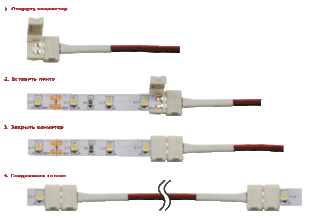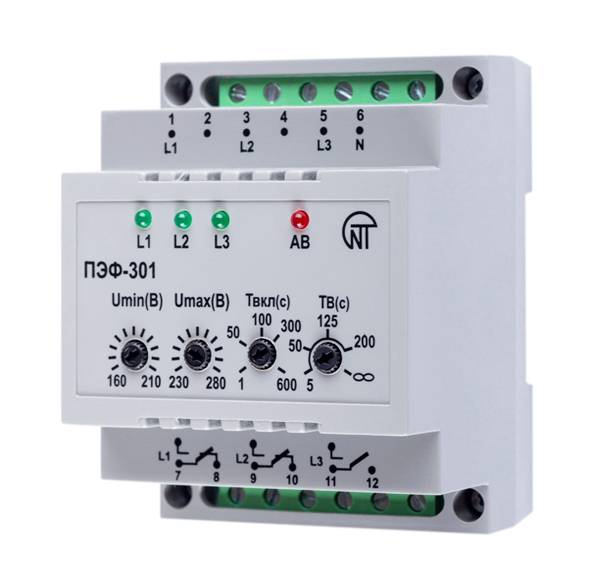LED strips adorn the windows of many shops, restaurants and bars. Diodes shimmer with multi-colored lights, illuminate advertising billboards. Glowing lamps are also used to decorate bedrooms, kitchens, children's rooms. If it is necessary to illuminate and decorate a large area, you will need to connect several diode strips, since their standard length is often not enough.
- Why is it necessary to connect LED strips
- Connection methods
- Soldering instructions
- Wireless connection
- Connection with wires
- Connection with plastic connectors
- Types of connecting connectors
- Installing a diode tape in a fast wire connector
- Tips for using and installing the tape
- Pros and cons of different compounds
Why is it necessary to connect LED strips
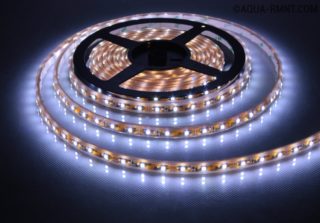
The basis of the LED strip is a flexible strip with light diodes located on it, connected to each other by a circuit that runs along electrical paths. Each tape is equipped with markers for cuts, as well as small-sized seams for connecting wires. The reverse side of the structure is a sticky strip that allows you to fix the device on any surface.
LED strips are usually sold in a reel of 5 meters, this is not enough for decorating a large room. Therefore, they are lengthened to the desired size, and then hung on ceilings, arches, showcases and aquariums.
Connection methods
There are two ways to connect the tape: using soldering or a removable connector. Each method has its own characteristics:
- Soldering is a budget and reliable fastener. It is carried out by exposing two contacts, to which the wires are subsequently soldered. After that, the edges of the structure are connected.
- Connector fastening occurs due to plastic clips. Connectors are most often used when it is necessary to connect the LED strip in inconvenient positions, but it is impossible to solder the contacts. This method is simple and convenient, but it is fraught with oxidation of contacts.
Soldering is considered a more complex method of connecting a diode tape, however, it is recommended to make a choice in its favor.
Soldering instructions
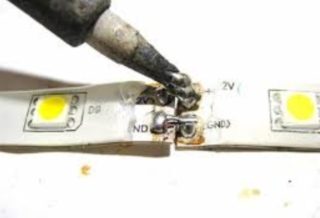
I actively use several methods to help build up the LED structure.
Wireless connection
To connect the LED strip together, you need to use the instructions:
- Turn on the soldering iron and warm it up to a temperature of 350 degrees. It is recommended to monitor the indicator and prevent its increase. This could damage the LED structure. Before work, it is recommended to clean the tool from dirt and wipe it with a damp sponge.
- Place the tape on a flat surface so that it does not budge during the process.
- If there is a silicone coating on the wire, it will need to be removed.
- Tin the contacts on the two parts to be connected, cover them with a small layer of solder.
- Put one tape overlapping the other, solder the bonding points.
- Leave the structure for a while to dry out.
If, after plugging into the network, the diodes began to spark, this indicates an incorrect arc crossing, rupture or loss of contact.
Connection with wires
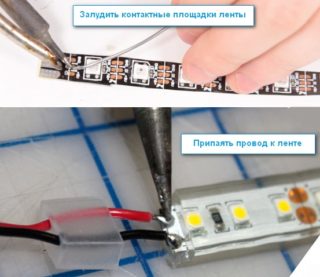
Another way to connect an LED strip:
- Carefully cut the strips as described above.
- Prepare a wire with a thickness of up to 0.8 mm and remove the silicone sheath from it.
- Tinning the ends.
- Bend the tips at right angles and solder them to the paired contacts.
- Repeat with the other end of the wire.
- Put on heat shrink tubing to protect the soldering points.
It is difficult to solder the LED structure yourself. Therefore, it is better to seek help from a specialist.
Connection with plastic connectors
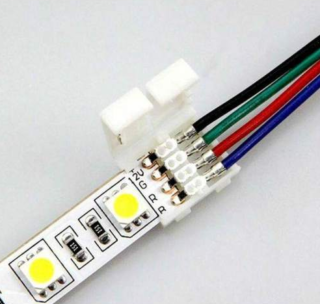
Connectors are used in cases where it is impossible to solder the contacts. This connection method is considered to be the simplest.
- Prepare sharp scissors and cut the tape with them. Before that, you should measure the distance so that there is a multiple of the number of LEDs on each segment.
- Leave the distance between the diodes so that the mounting pads of the same size are formed on each side.
- Open the lid and insert one part of the tape into the structure, snap the connector.
- Repeat with another segment.
The structure can be connected to the power supply. With successful work, you can hang out a diode structure to illuminate the room.
Types of connecting connectors
Plastic connectors are of several types:
- No bending. Used to quickly lengthen the glowing strip. At the same time, the joints look almost invisible.
- With a bend. The device is equipped with 2 protruding wires that help connect the ends of the tape in different directions and shapes.
There are also corner connectors. They are used only when it is necessary to connect the structure at a right angle.
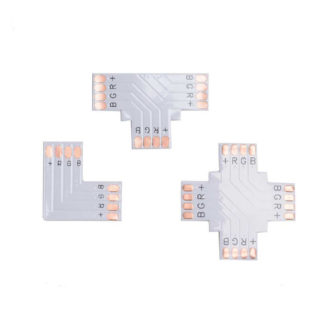
The connectors have different configurations. It depends on the geometry of the connection:
- straight line - crossing on straight sections;
- L-shaped - connection of the structure at a right angle;
- t-shaped;
- cruciform.
The abundance of assembly possibilities allows you to create the most different and unusual shapes from glowing ribbons.
The number of contacts depends on the type of LED strip, varies from 2 to 6. For monochrome designs, it is better to use connectors with 2 contacts. Three-color RGB stripes are connected with a four-pin piece. To align the RGBWW tape, take 6-pin connectors.
It is quite difficult to make mounting parts at home. You need to purchase screw terminal blocks, clean them of the screw insulation with a sharp kitchen knife. Next, you need to remove the protective varnish from the diode strip and cut it with scissors. Place the strips in the holes of the terminal blocks, squeeze the screws. Do the same with the supply wires. On those places where the tape is connected, you need to put on a heat shrink tube, set them on fire with a lighter until a reliable crimp occurs.
Installing a diode tape in a fast wire connector
- Take two LED strips to be connected.
- Flip the wire connector so that the white stripe is at the top.
- Pull on the ends of the plastic latch.
- Insert the connector into the tape, return the latch to its original position.
It is necessary to check the reliability of fixation and connect the diode strip to the power supply. If the structure sparks, this may indicate a problem with the wiring.
Tips for using and installing the tape
In the process of operation, you need to rely on the following tips and tricks:
- LED strip is not considered the most reliable device. Therefore, the soldering or connector connection must be carried out with high quality. The structure should be lengthened so that later it can be disassembled in the event of a breakdown.
- For reliability, it is better to glue the strips onto double-sided tape.
- When placing diodes for lighting ceilings, they are hidden behind a baguette or baseboard. This is necessary for uniform illumination.
The tape power supply is in many cases equipped with fans that deliver noise. It is recommended to take the device to premises where unpleasant sounds will be inaudible.
Pros and cons of different compounds
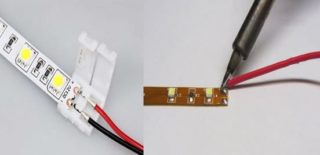
The pluses of the connector connection include:
- easy installation;
- various variations of connections;
- low cost of parts.
Of the minuses - rapid oxidation of contacts, instability to moisture. It is better to focus on waterproof connectors so as not to damage the structure.
Solder bonding advantages:
- installation strength;
- availability;
- good quality;
- lack of oxidative processes.
Among the disadvantages is the complexity of the work. It will be problematic for a person without proper preparation to lengthen the tape.

